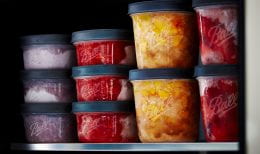
Freezing food can be quick and convenient. But there is a lot of science behind how food freezes that can affect the outcome.
After harvesting fruits and vegetables, chemical changes still occur due to enzymes naturally within the food. These enzymes can change color, texture, flavor, and some nutrients. To stop enzymatic changes, there are key steps to take.
For most vegetables, blanching is effective to inactivate enzymes. This exposes the vegetables to boiling water or steam for a brief amount of time, then rapidly chilled in ice water. Blanching is essential for high quality vegetables. It also helps destroy any microorganisms. Blanching time varies by vegetable.
For light colored fruit, such as peaches and apples, enzymes can cause browning and loss of vitamin C. Instead of blanching, fruit can be treated with ascorbic acid (vitamin C) to interfere with the chemical reaction that causes the color changes. Use pure ascorbic acid or commercial ascorbic acid mixtures.
Texture of frozen food can depend on the rate of freezing. Don’t overload your freezer as that will slow the freezing process and result in poor quality food. Typically, freezing 2 to 3 pounds at a time is best.
For more information on freezing, see the National Center for Home Food Preservation website.
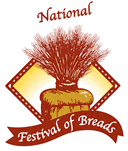 The 2021 National Festival of Breads was held virtually this year. But that did not diminish the excitement of this event!
The 2021 National Festival of Breads was held virtually this year. But that did not diminish the excitement of this event!
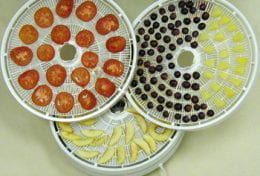

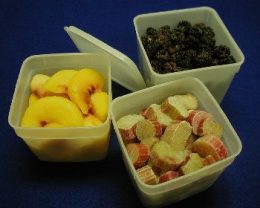
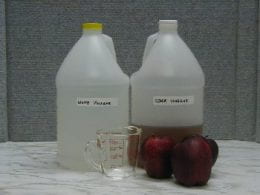
 A walk down the food packaging aisle reveals many choices for storing food. Which ones are best for freezing food? Not all of them are the same.
A walk down the food packaging aisle reveals many choices for storing food. Which ones are best for freezing food? Not all of them are the same.